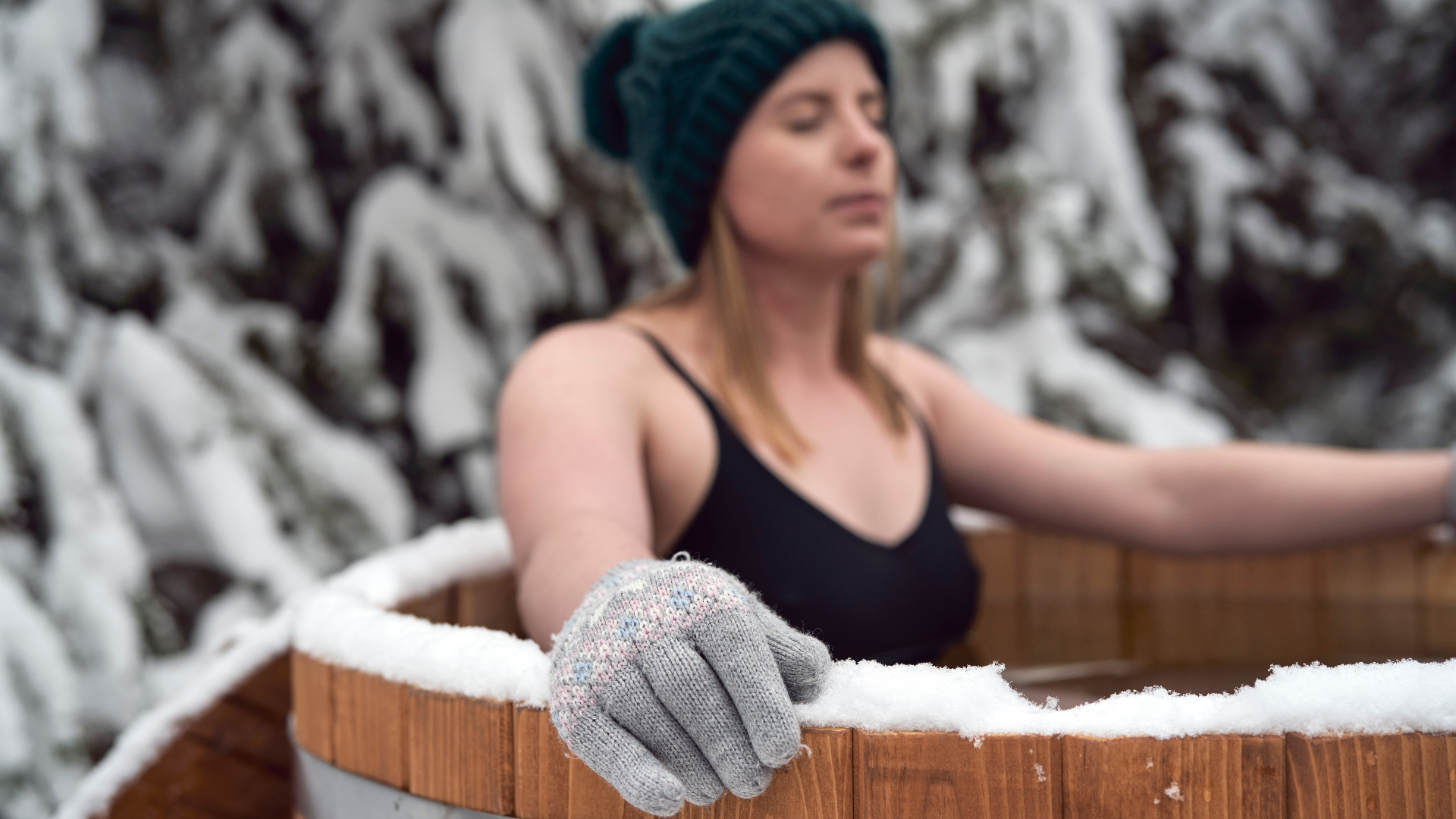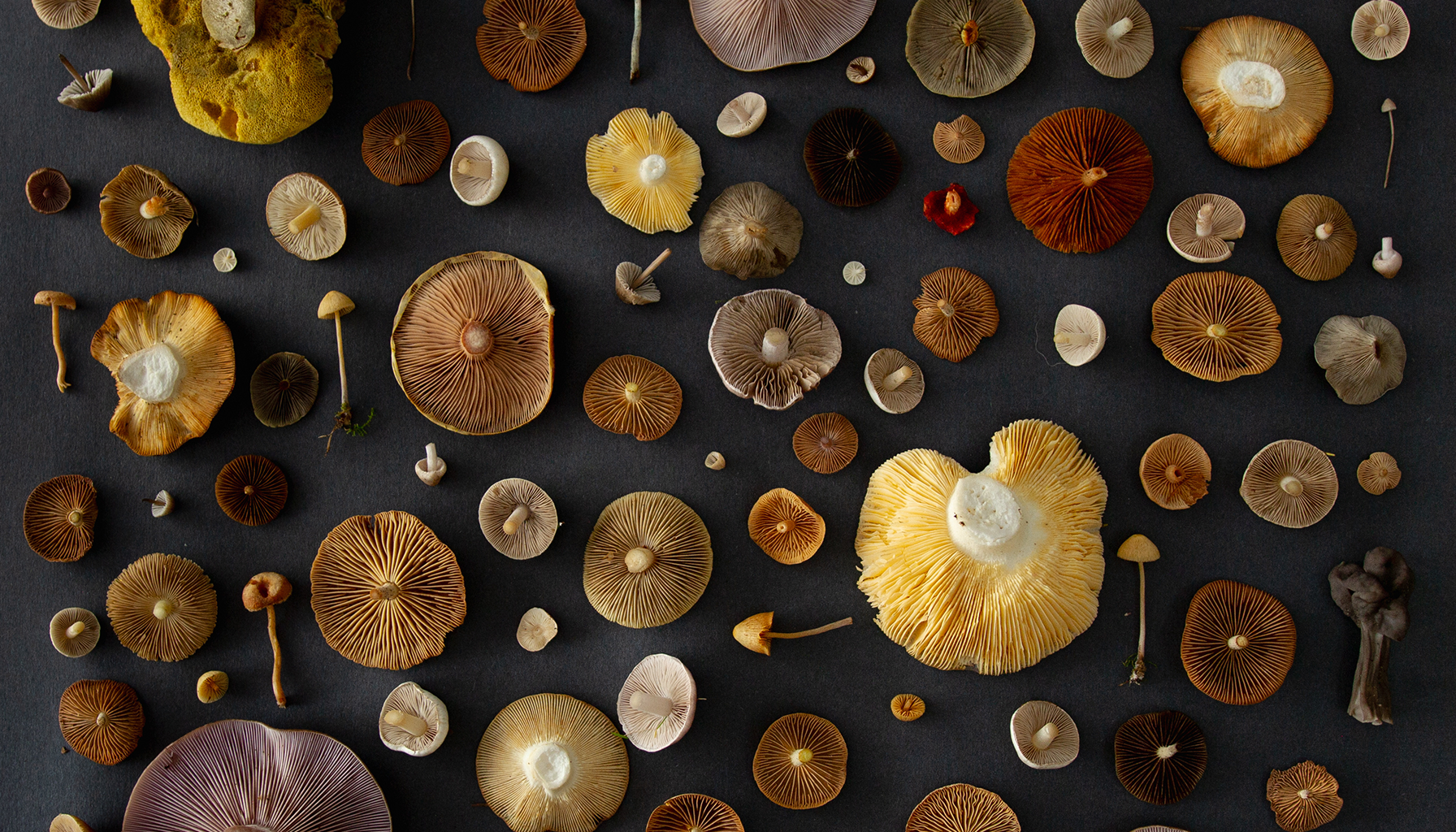Cold therapy, or cryotherapy, exposes the body to freezing temperatures for health benefits. Popular in biohacking, cold exposure enhances resilience, boosts metabolism, and improves well-being. Methods include cold showers, ice baths, and cryotherapy chambers. This article explores the science, benefits, techniques, and safe incorporation of cold therapy into your routine, emphasizing “Cold Exposure: Biohack Resilience and Metabolism.
The Science Behind Cold Therapy
How Cold Therapy Works
Cold exposure triggers a range of physiological responses in the body. When the body is exposed to cold, it works to maintain its core temperature. This process involves vasoconstriction, where blood vessels constrict to preserve heat, and shivering, which generates heat through muscle contractions. Additionally, cold exposure activates brown adipose tissue (BAT), a type of fat that burns calories to produce heat, thereby boosting metabolism.
Hormonal Responses
Hormonal Responses
Cold exposure also influences the release of certain hormones. For example, norepinephrine, a hormone and neurotransmitter, is released in response to cold stress. Norepinephrine plays a crucial role in enhancing focus, attention, and mood. Furthermore, it can reduce inflammation and improve pain management. These hormonal responses are central to the concept of “Cold Exposure: Biohack Resilience and Metabolism.
Benefits of Cold Therapy
1. Boosting Metabolism
One of the primary benefits of cold therapy is its ability to boost metabolism. When the body is exposed to cold, it needs to work harder to maintain its core temperature. This increased energy expenditure results in a higher metabolic rate. The activation of brown adipose tissue (BAT) further enhances this effect, as BAT burns calories to generate heat.
2. Enhancing Resilience
Cold therapy is known to enhance physical and mental resilience. Regular exposure to cold helps the body adapt to stress, improving its ability to cope with various challenges. This process, known as hormesis, involves exposing the body to mild stressors to strengthen its response to more significant stressors.
3. Reducing Inflammation
Cold therapy can also reduce inflammation in the body. The release of norepinephrine during cold exposure has anti-inflammatory effects, which can help manage chronic pain and reduce the risk of inflammatory diseases.
4. Improving Mental Health
Exposure to cold has been shown to have positive effects on mental health. The release of endorphins and norepinephrine during cold exposure can enhance mood, reduce symptoms of depression, and improve overall mental well-being. This ties into the holistic benefits of “Cold Exposure: Biohack Resilience and Metabolism.
Methods of Cold Therapy
1. Cold Showers
Cold showers are one of the most accessible forms of cold therapy. They can be easily incorporated into daily routines and provide a quick and effective way to reap the benefits of cold exposure.
Tips for Cold Showers:
- Start with warm water and gradually reduce the temperature over time.
- Aim for a cold shower duration of 2-3 minutes initially, gradually increasing as you become more accustomed to the cold.
- Focus on deep, controlled breathing to help manage the initial shock of the cold water.
2. Ice Baths
Ice baths involve immersing the body in cold water filled with ice. This method provides more intense cold exposure compared to cold showers and is often used by athletes for recovery.
Tips for Ice Baths:

- Ensure the water temperature is between 50-59°F (10-15°C).
- Limit the duration of ice baths to 10-15 minutes to avoid potential risks such as hypothermia.
- Consider using a thermometer to monitor the water temperature accurately.
3. Cryotherapy Chambers
Cryotherapy chambers are specialized devices that expose the body to extremely cold temperatures, typically ranging from -166 to -220°F (-110 to -140°C), for a short duration (2-4 minutes).
Tips for Cryotherapy Chambers:
- Follow the instructions provided by the facility to ensure safety.
- Wear appropriate protective gear, such as gloves and socks, to prevent frostbite.
- Consult with a healthcare professional before trying cryotherapy, especially if you have underlying health conditions.
4. Natural Cold Exposure
Natural cold exposure involves immersing yourself in cold environments such as cold lakes, rivers, or during winter activities. This method provides a more immersive experience and can be particularly invigorating.
Tips for Natural Cold Exposure:
- Gradually acclimate your body to cold water by starting with shorter durations and gradually increasing exposure time.
- Always have a warm-up plan after exposure to avoid prolonged cold stress.
- Be mindful of safety and avoid cold exposure in extreme conditions or without proper supervision.
Conclusion
Cold therapy biohacking offers a range of benefits, from boosting metabolism and enhancing resilience to reducing inflammation and improving mental health. By incorporating methods such as cold showers, ice baths, cryotherapy chambers, and natural cold exposure into your routine, you can harness the power of cold for improved well-being. Remember to start slowly, listen to your body, and consult with a healthcare professional if needed. With consistency and proper techniques, cold therapy can become a valuable tool in your biohacking arsenal.





